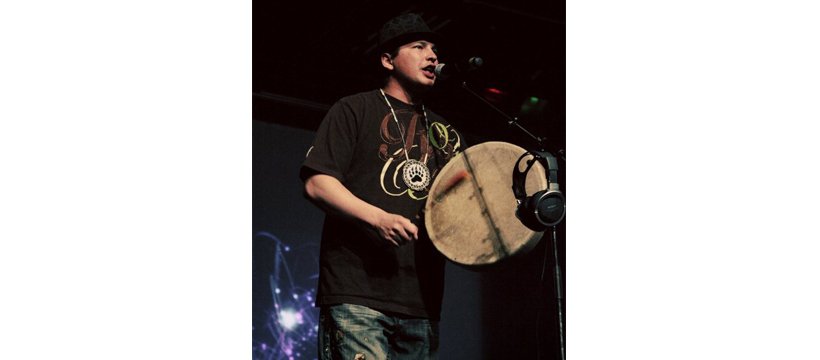2] Read Susanna Moodie’s introduction to the third edition of Roughing it in the Bush, 1854. I use the Project Gutenburg website which has a ‘command F’ function that allows you to search the entire document by words or phrases. Moodie’s introduction is often read as a warning to would be emigrants as well as an explanation of why her family emigrated from Britain. See if you can find echoes of the stories discussed above: a gift from god, a second Garden of Eden, an empty/wasted land, the noble but vanishing Indian, and the magical map. By echoes I mean reading between the lines or explicitly within Moodie’s introduction. Discussing what you discover, use your examples as evidence to write a blog that explores what you think might have been Moodie’s level of awareness of the stories she carried with her. And accordingly, the stories that she “resurrects’ by her appearance in the Dead Dog CafŽ in Green Grass Running Water.
—
With my previous studies in art history the theme of the vanishing Indian is one that presents itself quite often in nineteenth century art. From looking at paintings of American landscapes by artists like Thomas Cole or Asher Durand you can see a lot of different hints that point to a dominant belief that the Natives were a disappearing race, and this was accepted as a fact that was as natural as the changing seasons in the landscapes that they painted. The landscapes with their wild beauty, and with no traces of Native settlement reflect the belief that was held by these painters that the land was the remains of the biblical garden of Eden, given as a divine gift by God for the Europeans to colonize. The American painters of the day who took up the vanishing Indian theme were also heavily influenced by literature that addresses the same theme. Novels like The Last of the Mohicans by James Fenimore Cooper and poems like “A Walk At Sunset” by William Bryant Cullen were instrumental in painting a romanticized picture of the situation for Native Americans at the time. The reality was that the Indian Removal act which was implemented by president Jackson in 1830, was forcing Native settlements to move further and further westward and away from their homeland. However, it is clear from viewing the works of landscape painters, and reading the works of the poets and novelist at the time that the situation for the Natives was seen as a natural occurrence, comparable to changes in nature, like the setting sun in Bryant’s poem. With regards to Susanna Moodie and her book Roughing it in the Bush, I’m uncertain if the works of Cole, Cooper, and Bryant would have influenced her awareness of the situation for Natives in Canada at the time, but her introduction betrays many of the same patterns of thought that influenced American art and literary circles.



In Moodie’s introduction for her third edition of Roughing it in the Bush there are some implicit mentions of themes that the American painters and writers took up in their work. Until the last paragraph where these themes can be identified explicitly, Moodie’s introduction requires some reading between the lines to find the colonial discourse that Dr. Paterson has introduced us to this lesson. Moodie’s introduction takes the tone of a warning for those considering immigration to Canada. She stresses that the life of an immigrant is tough, and not for those whose “hand has long held the sword”. No, Moodie makes it clear that the immigrant life is not suitable for the privileged, but it is for the ordinary and underprivileged citizens who will be able to escape the burden of class hierarchies and make “the land of their adoption great”. Even the use of the word “adoption” puts the settler in a position where they are in a position of control. But in control of what exactly? Moodie’s introduction never makes any mention of the Native inhabitants of the land. This is where reading between the lines is important, because sometimes omissions speak volumes, and Moodie’s omission of the Natives in her text about their land supports the Vanishing Indian theme. Clearly Moodie is suggesting that the immigrants will have control over the land, and she is also suggesting that Native inhabitants are barely distinguishable from the land, and therefore not worth mentioning. Perhaps her awareness of the belief that the Natives were doomed to extinction influenced her omission of them from her introduction.
Works Cited
Avery, Kevin J. “Asher Brown Durand (1796-1886)”. The Met Museum. October 2009. Web. June 27 2016.
Avery, Kevin J. “Thomas Cole (1801-1848)”. The Met Museum. August 2009. Web. June 27 2016.
Cole, Thomas. Shroon Mountain, Adirondacks. Oil painting, 1838; in the Cleveland Museum of Art. Web. June 27 2016.
Cullen Bryant, William. “A Walk At Sunset”. The Idle Man 1 no. 3. 1821. Web. June 27 2016.
Fenimore Cooper, James. “The Last of the Mohicans”. Book Cover, Photograph. n.d. Web. June 27 2016.
Moodie, Susanna. “Roughing it in the Bush”. Book Cover, Photograph. n.d. Web. June 27 2016.
Moodie, Susanna. Roughing it in the Bush.. Project Gutenburg, 18 January 2004. Web. June 27 2016.



